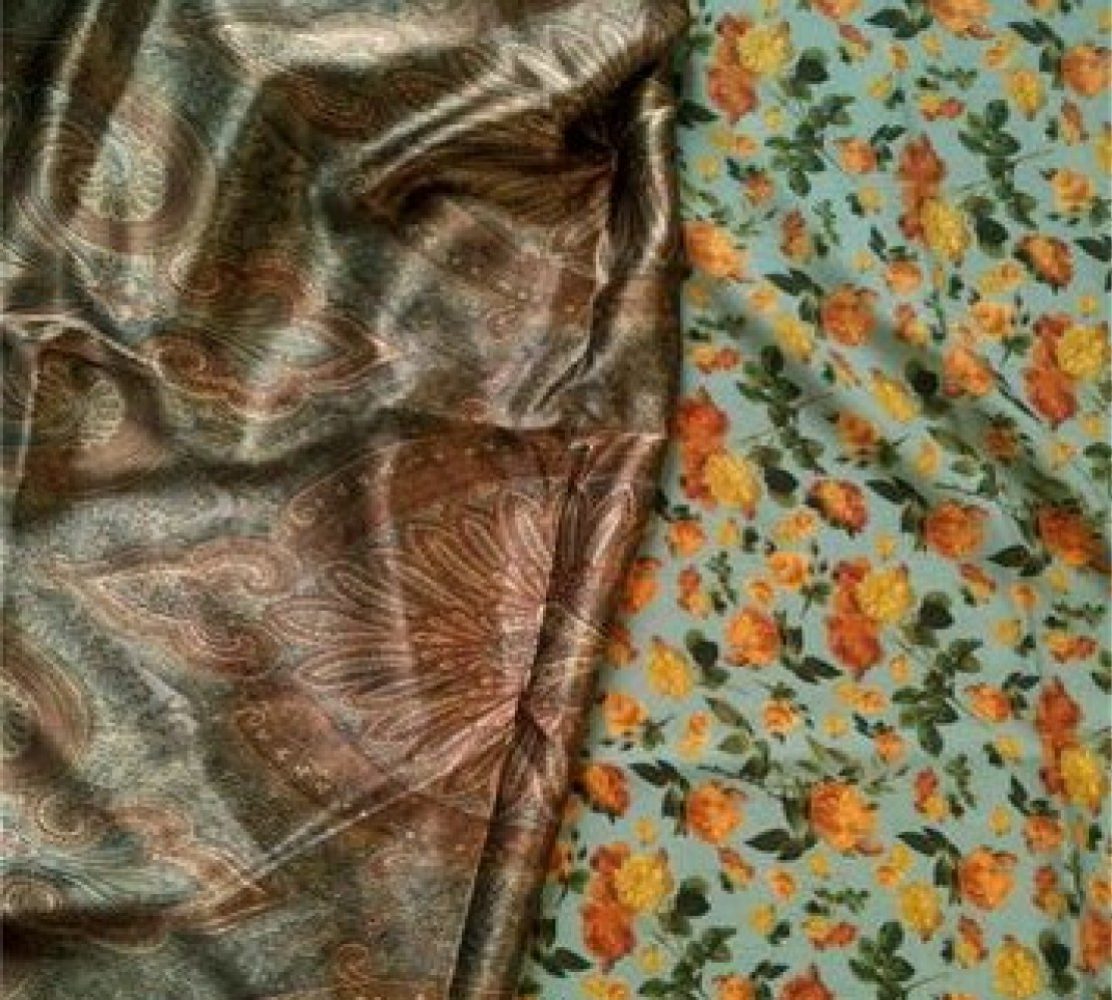…Or not.
While waiting for my packages from India I started a couple of sewing projects from the same stripy fabric. It was not the most joyful sew however. You see, it all started with the iconic Jean-Paul Gaultier version of the Breton T.
I lust myself one but bought the wrong type of stripy knit. An earlier swatch I had would have been perfect. But because I’m not a great fan of B&W stripes much less navy I didn’t commit then. When I subsequently took the plunge I didn’t have that swatch with me. All I could remember was that it was a B&W stripe bamboo+lycra from B&J Fabrics NYC. The only one I found when I went back was this thinner bamboo even stripe. Taking a closer look at the inspiration pictures I discovered shock horror most Breton T called for uneven stripes – ie thinner black/navy & thicker white stripes. I lost all enthusiasm for this fabric, but decided to get it over with asap by sewing something up quickly. Oh no, I ain’t wasting this $19.95/yd fabric by trashing or swapping it.
To motivate myself I hunted the internet for inspirations that don’t look too complicated. Something that’s just interesting enough to keep me going but not so ambitious that I have to drag my feet to finish. You know what, inspiration número uno came from another blogger – Tia Dia’s vavavoom stripy dress version of Donna Karan Vogue Pattern 1282. Her version looks Vivienne Westwoodish. So I followed that clue to find my inspiration número dos, a VW original top. The asymmetry were the hooks. And I know V1282 should be an easy peasy sew & VW top looks just about achievable if I stick to feature on the front only. The original may very well have asymmetrical back as well. But that’s a bit more effort than I’m willing to spent on this fabric miscalculation.
While both designs were relatively straightforward to construct, like the current series of the Great British Sewing Bee, the projects were made hard, Really Hard, by PITA fabrics. This thin & drapy bamboo knit was really unstable. So you can imagine how stripe matching went. The asymmetry of both designs didn’t help. There’s only so much one can do if the two sides of a seam has different number of stripes. Here’s what I tried this time…
Stripe matching: Where the stripes are fairly even & running in the same direction on both sides of the seam I just pin almost every other stripe edge. Where the stripes are uneven in number and/or running in different direction I had to work from the right sides, fold one seam allowance back, align the seam line, and cajole as many stripes to match as possible, aiming for at least matching stripe edges if not colour. Then this alignment is basted with slip-stitches, again from the right side. Lastly turning to the wrong sides, I starch the hell out of the seam line area. Which leads me to…
Homemade starch: My last few knit projects I’ve used commercial spray starch. This time I ran out of the commercial stuff & as I was stuck at home waiting for delivery I had to give homemade starch another try. I tried the proportion of 3 teaspoon corn starch/flour to 1 cup water suggested by someone who sew a lot of jersey knits and this time it worked a treat! Not only did the stitch area becomes stiff & stable as thin cardboards, it tamed the curling edges, and bonus – it acted as temporary glue sticking the two sides of the seam together – great for matching wiggly stripes! One down side is that it took many MANY rinses to get the starch out. But definitely much saner than unpicking stitches multiple times! Will have to test some more. I had tried homemade starch before but abandon that for some reason. May have been clogged spray nozzle. Or maybe trying to use that on water-hating petro-checmical fiber like poly-lycra.
Even with my bag of tricks however, the stripe matching wasn’t perfect. So hats off to the contestants of the Great British Sewing Bee. Presumably they’re not allowed the tricks nor the time to properly tame such beasty fabrics. Hope those viewers who don’t sew appreciate how much skills go into making even their cheap fast fashion & not think that these home-sewers are just not very good.
More about my two stripy projects later. My orders from India have actually arrived by now & I must go shopping for shoes so I can hem the half-made skirts, and maybe make my own embellished blouse from scratch. Yuppie! More fabric shopping!














 What I didn’t realize was that their bridal wear differs depending on the region, with South India favouring the saree (draped fabric skirt/shawl + top + maybe petticoat), and West & East (North?) favouring a
What I didn’t realize was that their bridal wear differs depending on the region, with South India favouring the saree (draped fabric skirt/shawl + top + maybe petticoat), and West & East (North?) favouring a 







